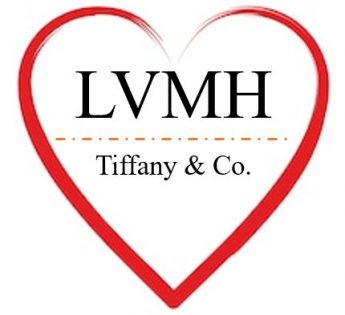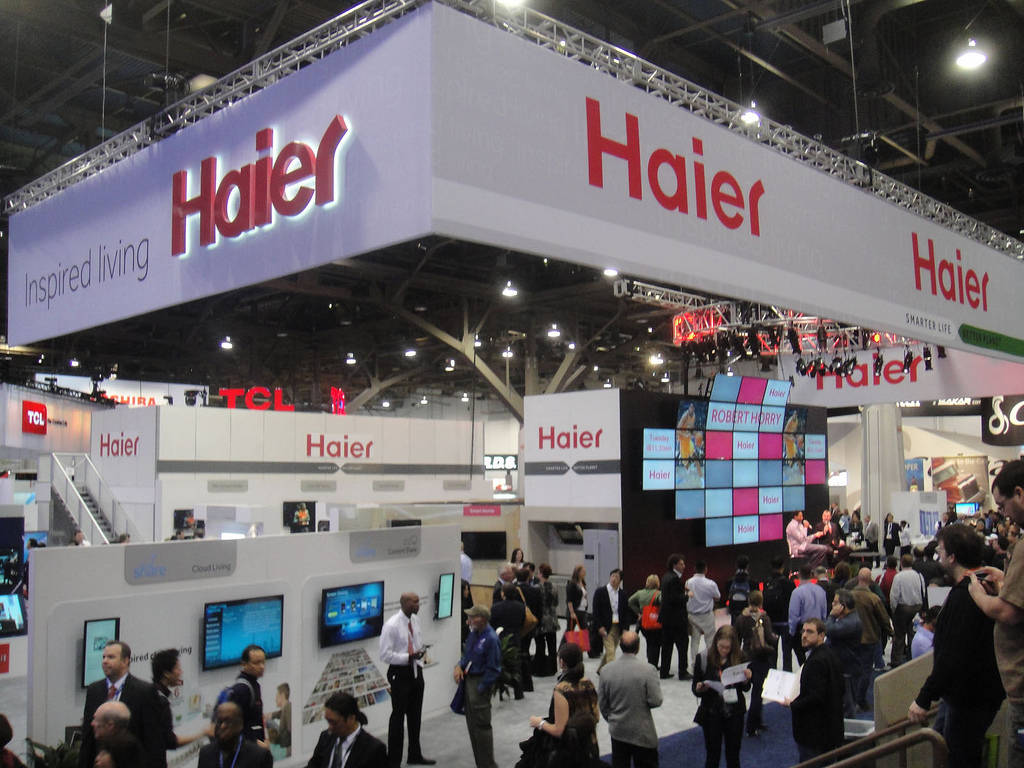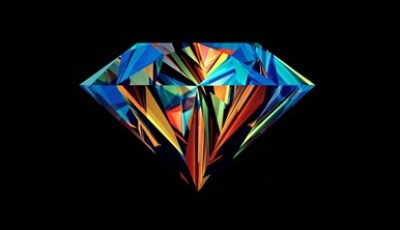How do you convince a consumer to buy luxury products?
This is one of the very important questions asked by managers involved in marketing luxury goods. Luxury consumption – especially one related to conspicuousness – seem to have changed dramatically in the last few months with consumers clearly avoiding any conscious attempt to signal wealth.
Many observers have pointed to consumers’ attempt of avoidance stating the term ‘discreet consumption’; ‘stealth consumption’ and so on. While the phenomenon is observed all around the important question is ‘why are the luxury consumers behaving in this particular manner?’ In consumer research terms we may ask, ‘what is the underlying motivation for this discreet or stealth luxury consumption among consumers?’
One of the major reasons may lie in the changing socio-psychological context and the value perceptions associated with luxury consumption.
In troubled times we humans have an increasing tendency to become more socially conscious. In such times our tendency to empathize may increase substantially and therefore our consumption may reflect this reality too. This empathizing may lead to consumption of less conspicuous products. This could affect many product categories including luxury automobiles, handbags, glasses etc. where the brand message is directly on display. For example, it has been recently reported that the best-selling luxury car brand sales in the U.S. fell 37% in the first quarter of 2009, led by a drop in demand for the most expensive models. The Lexus sales in the US decreased by 27% over the last year.
While the decreasing sales is a reaility of reduction in luxury consumption, one has to remember that there are two major underlying needs among consumers relating to consumption (including luxury consumption); (1) Need for conformity (i.e. to conform to the existing societal norms) and (2) need for uniqueness (i.e. to be unique enough so one can differentiate from others). These two needs are extremely important when focusing on luxury consumption and luxury marketing.
The first kind is need (conformity) is reflected in this decreasing conspicuous consumption. Consumers in such tougher times would not like to be seen as aggressively snobbish and therefore ostentatious behaviour and conspicuous public display will be avoided. However, the other innate need (uniqueness) behind consumption is what drives luxury consumption in today’s conditions. Luxury products, according to most consumers, are unique from various perspectives including quality, price, brand image, pleasure and so on.
Therefore, managers will have to change their core message and value proposition to reflect the market conditions and consumer motivations. The question which managers need to ask is what is the value proposition in the present circumstances most of my consumers are looking for and how can I develop and convey a message which reflects consumers’ reality rather than brands own reality.
Other interesting blog posts:
http://pauravshukla.blogspot.com/2008/07/luxury-consumption-will-it-really-be.html
http://pauravshukla.blogspot.com/2008/08/managing-luxury-brands-in-recession.html
http://pauravshukla.blogspot.com/2008/03/middle-aged-consumers-conspicuous.html






